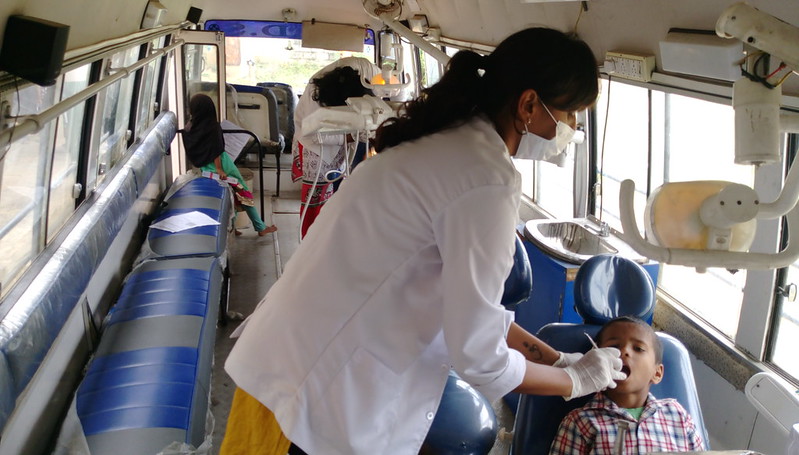 Oral diseases affect around half of the global population. Global oral health profiles show that the majority of those burdened by oral diseases are living in poverty, and this indicates an oral health inequality issue. Even more, standard oral health services are not readily available in many low-income and middle-income countries.
Oral diseases affect around half of the global population. Global oral health profiles show that the majority of those burdened by oral diseases are living in poverty, and this indicates an oral health inequality issue. Even more, standard oral health services are not readily available in many low-income and middle-income countries.
The Burden of Oral Diseases
In November 2022, the World Health Organization (WHO) published the Global Oral Health Status Report which revealed the organization’s aim for universal health coverage for oral health by 2030. Following this report, in January 2023, was WHO’s Global Oral Health Action Plan.
These reports highlighted that oral diseases present a burden greater than the next five most prevalent non-communicable diseases combined. This burden primarily comes from untreated tooth decay, gum disease and cancers of the lip and oral cavities, all of which are largely preventable. According to the same reports, oral diseases such as gum disease may develop into other conditions such as diabetes and cardiovascular problems.
Despite the fact that the global burden of oral diseases costs around $387 billion, only 4.6% of global health care expenditure goes toward dental and oral care. For this reason, the WHO emphasized the need for immediate interventions that focus on oral health.
Oral Health Inequality
The WHO’s reports outlined the first global oral health profile which highlighted that developing nations, particularly in the South-East Asian and Western Pacific regions, face the highest levels of oral health challenges. As reported by the organization, “oral diseases disproportionately affect the poor and socially disadvantaged.” Consequently, vulnerable groups face issues ranging from reduced productivity to school disruption, all of which can lead to poverty.
Multiple social, cultural, economic and behavioral factors contribute to the existing disparities in oral health. Developing countries undergoing social and cultural transformations are experiencing a surge in oral diseases due to lifestyle choices. Nevertheless, access to oral health care remains limited in these countries, and where available, it is often unaffordable and unsuitable for the majority of the population grappling with oral ailments. This highlights two key determinants of oral health inequality which are health care accessibility and lifestyle choices.
Oral Health Care Accessibility
The first significant determinant of oral health is the cost of available dental care and the disposable income of the population. At both national and global scales, there is a clear economically-based distribution of oral health care provision. Of the total number of dentists worldwide, only 1.4% work in low-income countries.
According to the WHO’s report, the best way to ensure excellent oral health is to prioritize preventative measures. However, this relies on a health care system having the funds to sustain regular dental care and universal basic dental care coverage. As things stand, only the richest societies can afford a regular and sufficient supply of dental professionals and services.
National governments and the international community could effectively combat economically-based oral health inequality and access to oral health care by funding more accessible and affordable health care for those in developing nations. A cost-effective approach promoted by the WHO involves the use of innovative digital health tools, such as telehealth and video-supported health. Teledentistry typically involves an online dental consultation that makes dental support more accessible to those who cannot get face-to-face care. For example, Unilever provides a teledentistry service in South-East Asia, with the aim of reaching over 200 million people.
Lifestyle Choices
Another determinant of oral health inequality is the social and personal beliefs and habits people have around oral health. The consumption of sugar, alcohol and tobacco contributes to a range of non-communicable diseases that affect oral health. Additionally, a lack of education about oral hygiene can prevent people from taking the necessary personal care measures.
As a way to solve this problem, policymakers could focus on increasing health literacy and encouraging good oral hygiene among affected populations. Commercial advertising from large companies has been partly responsible for promoting habits like smoking and alcohol consumption, which can negatively impact oral health. The WHO suggests that these same companies hold the potential to promote beneficial habits such as those that support oral health among children and adults.
Digital Media and Oral Health
Low-income nations may not have the financial resources to implement effective media campaigns that focus on behavior change. However, the advent of digital media offers a potentially more accessible alternative. Online advertising campaigns are not only less costly, but they can also reach a wider audience.
During the COVID-19 pandemic, Unilever collaborated with Cartoon Network to introduce an online educational program named Little Brush Big Brush. The program featured a series of videos that taught children about the significance of oral hygiene, with a particular emphasis on tooth brushing. Brushing teeth twice a day with fluoride toothpaste can decrease the risk of tooth decay by 90%. Programs like this have the potential to create significant change since they can reach a vast audience. For instance, 95% of the global internet population watches videos on YouTube alone.
Looking to the Future
Current global patterns show that those living in poverty are most at risk from preventable oral diseases. While face-to-face dental care may be unaffordable for many, the growth in access to the Internet provides a more cost-effective solution. Through the expansion of digital health care and online advertising to promote positive behavior changes, there is hope to reach a much wider audience and reduce oral health inequality for the present and the future.
– Polly Walton
Photo: Flickr
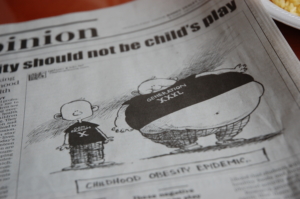
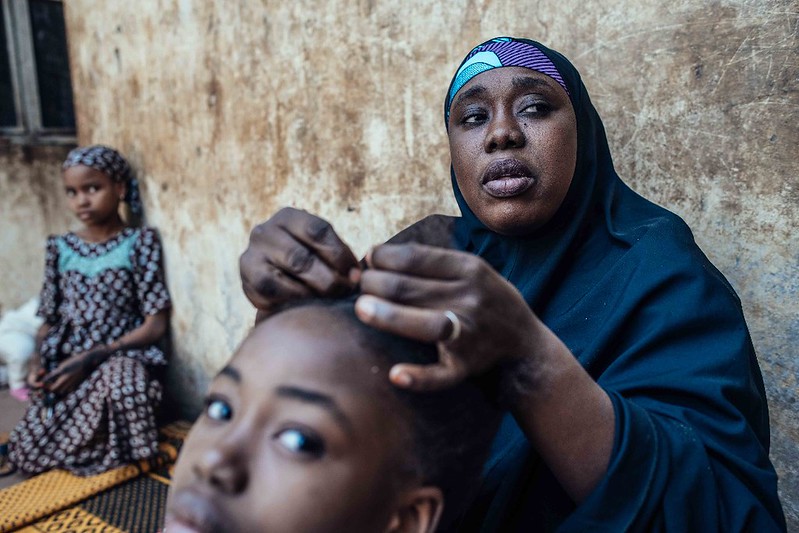 The continent of Africa is revered as one of the most diverse continents on Earth, toting genetic, linguistic, cultural and phenotype diversity. Unfortunately, some of that diversity is lost when beauty standards are dictated by other cultures that are not native to Africa.
The continent of Africa is revered as one of the most diverse continents on Earth, toting genetic, linguistic, cultural and phenotype diversity. Unfortunately, some of that diversity is lost when beauty standards are dictated by other cultures that are not native to Africa. 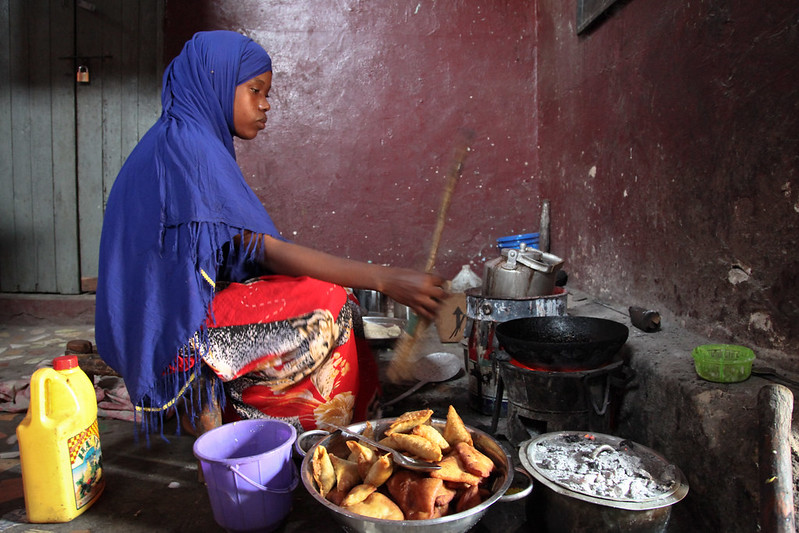
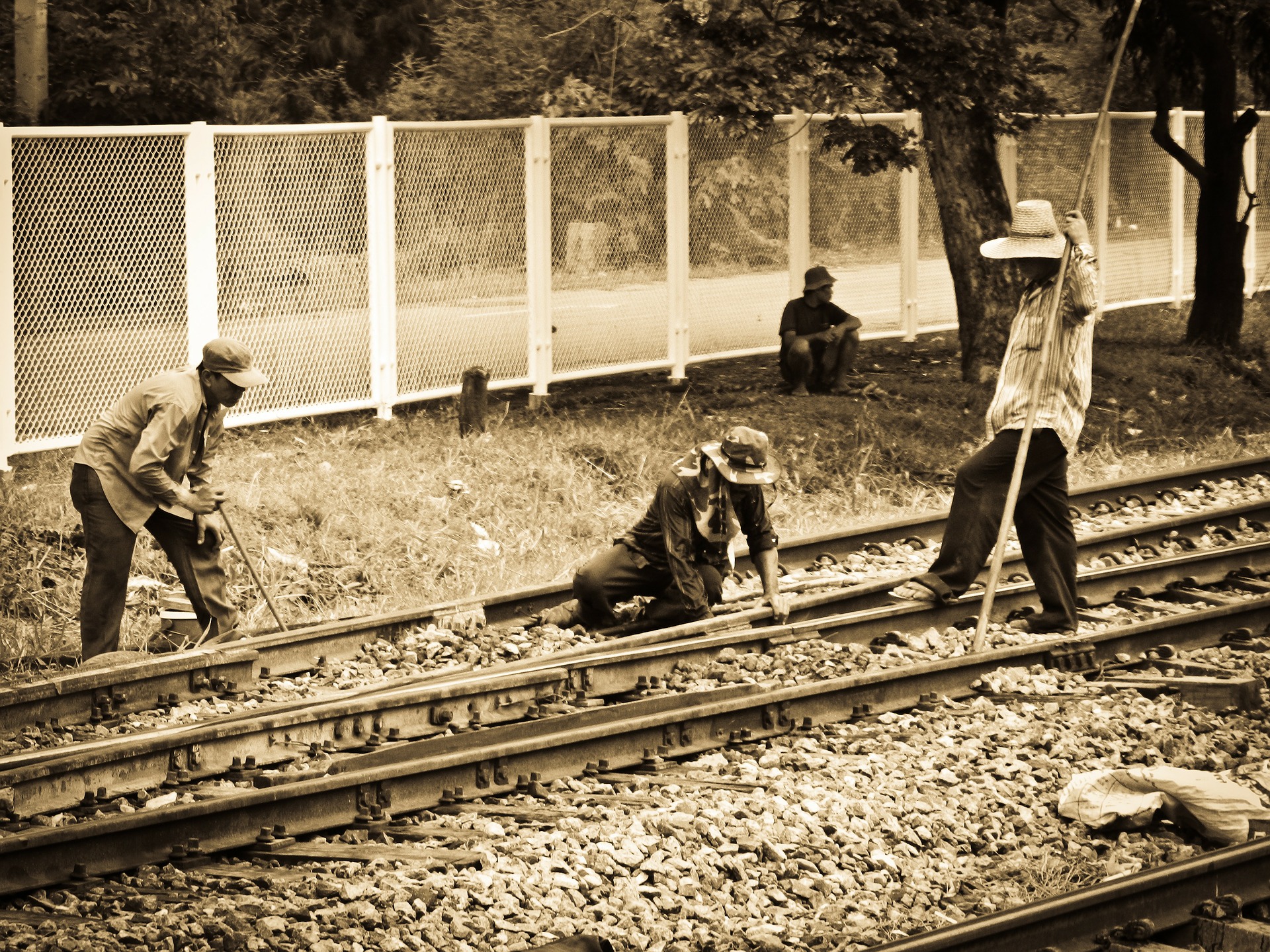 In late September 2015, Oxfam U.K. released a report highlighting the need for living wages in order for people to escape from poverty. The report utilizes information obtained through research in Morocco, Vietnam, Myanmar, Kenya and
In late September 2015, Oxfam U.K. released a report highlighting the need for living wages in order for people to escape from poverty. The report utilizes information obtained through research in Morocco, Vietnam, Myanmar, Kenya and 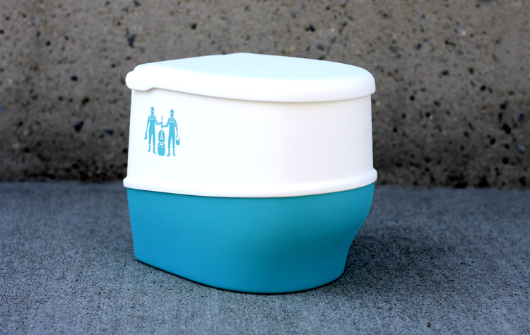
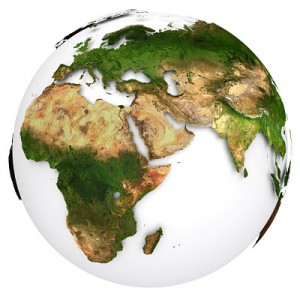
 As Corporate Social Responsibility (CSR) grows, wouldn’t it be great if consumers could have clear indicators of which companies and products were part of this beneficial social movement? There is – B Corp Certification. A concept introduced five years ago,
As Corporate Social Responsibility (CSR) grows, wouldn’t it be great if consumers could have clear indicators of which companies and products were part of this beneficial social movement? There is – B Corp Certification. A concept introduced five years ago, 
